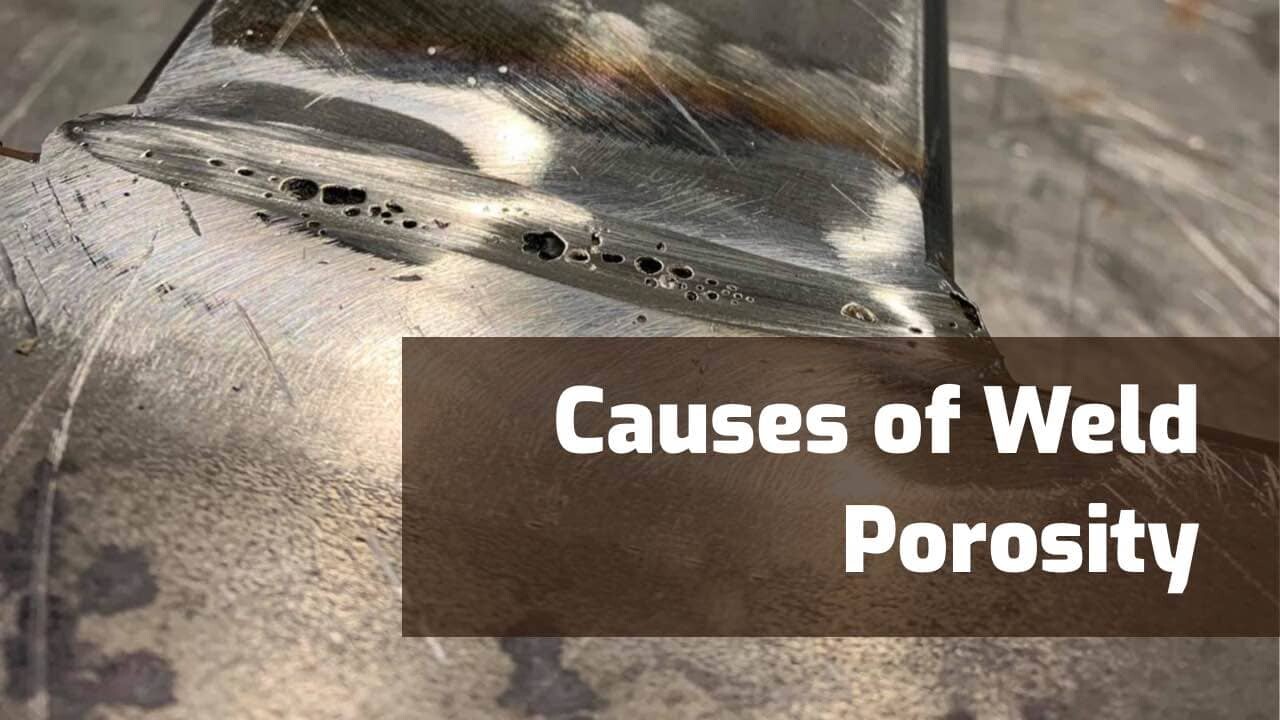What is Porosity in Welding: Typical Resources and Reliable Remedies
What is Porosity in Welding: Typical Resources and Reliable Remedies
Blog Article
The Scientific Research Behind Porosity: A Comprehensive Guide for Welders and Fabricators
Recognizing the detailed mechanisms behind porosity in welding is critical for welders and fabricators striving for remarkable craftsmanship. As metalworkers dig right into the midsts of this sensation, they uncover a globe controlled by various elements that influence the development of these tiny spaces within welds. From the make-up of the base materials to the details of the welding procedure itself, a wide range of variables conspire to either intensify or minimize the presence of porosity. In this thorough guide, we will unravel the scientific research behind porosity, discovering its impacts on weld quality and introduction progressed methods for its control. Join us on this journey through the microcosm of welding blemishes, where accuracy satisfies understanding in the quest of remarkable welds.
Understanding Porosity in Welding
FIRST SENTENCE:
Evaluation of porosity in welding exposes vital understandings into the integrity and high quality of the weld joint. Porosity, identified by the presence of cavities or gaps within the weld steel, is an usual problem in welding processes. These spaces, otherwise properly addressed, can compromise the architectural integrity and mechanical residential or commercial properties of the weld, causing prospective failings in the completed product.

To detect and evaluate porosity, non-destructive screening methods such as ultrasonic testing or X-ray evaluation are frequently employed. These strategies allow for the identification of inner problems without compromising the honesty of the weld. By examining the size, form, and circulation of porosity within a weld, welders can make educated decisions to boost their welding processes and achieve sounder weld joints.

Elements Influencing Porosity Formation
The incident of porosity in welding is affected by a myriad of elements, varying from gas securing effectiveness to the ins and outs of welding parameter setups. Welding parameters, consisting of voltage, existing, take a trip rate, and electrode kind, additionally impact porosity formation. The welding method utilized, such as gas metal arc welding (GMAW) or secured metal arc welding (SMAW), can influence porosity formation due to variations in heat distribution and gas protection - What is Porosity.
Effects of Porosity on Weld Quality
Porosity formation dramatically endangers the structural stability and mechanical properties of welded joints. When porosity is present in a weld, it develops voids or tooth cavities within the material, reducing the general strength of the joint. These spaces work as tension concentration factors, making the weld a lot more vulnerable to breaking and failure under tons. The existence of porosity also compromises the weld's resistance to corrosion, as the caught air or gases within the spaces can react with the surrounding environment, causing degradation in time. Additionally, porosity can prevent the weld's capability to endure pressure or effect, additional threatening the overall quality and integrity of the bonded framework. In vital applications such as aerospace, auto, or architectural buildings, where safety and toughness are vital, the damaging impacts of porosity on weld high quality can have serious repercussions, stressing the relevance of reducing porosity via appropriate welding methods and treatments.
Methods to Decrease Porosity
To boost the quality of bonded joints and ensure architectural stability, welders and makers use webpage certain techniques targeted at minimizing the development of voids and cavities within the product during the welding process. One effective approach to minimize porosity is to make certain proper material preparation. This includes complete cleaning of the base metal to get rid of any contaminants such as oil, oil, or wetness that might add to porosity development. Additionally, utilizing the proper welding criteria, such as the proper voltage, existing, and take a trip speed, is crucial in avoiding porosity. Preserving a constant arc length and angle throughout welding additionally helps decrease the probability of porosity.

Utilizing the proper welding method, such as back-stepping or employing a weaving movement, can additionally aid disperse warmth evenly and lower the possibilities of porosity development. By implementing these methods, welders can efficiently lessen porosity and generate premium welded joints.

Advanced Solutions for Porosity Control
Implementing cutting-edge modern technologies and ingenious methods plays a critical role in accomplishing exceptional control over porosity in try these out welding processes. One sophisticated remedy is using advanced gas blends. Protecting gases like helium or a combination of argon and hydrogen can help in reducing porosity by giving much better arc stability and boosted gas insurance coverage. Furthermore, employing advanced welding techniques such as pulsed MIG welding or customized atmosphere welding can likewise assist reduce porosity problems.
One more innovative option entails the usage of innovative welding tools. Utilizing equipment with integrated attributes like waveform control and innovative power sources can boost weld high quality and decrease porosity risks. Additionally, the application of automated welding systems with accurate control over specifications can considerably minimize porosity issues.
Additionally, including sophisticated tracking and assessment modern technologies such as real-time X-ray imaging or automated ultrasonic testing can assist in identifying porosity early in the welding process, enabling immediate rehabilitative actions. Overall, incorporating these advanced options can considerably improve porosity control and enhance the general top quality of bonded components.
Conclusion
To conclude, recognizing the scientific Clicking Here research behind porosity in welding is important for welders and fabricators to generate top quality welds. By recognizing the aspects affecting porosity development and carrying out techniques to reduce it, welders can improve the general weld high quality. Advanced services for porosity control can further boost the welding process and make sure a strong and reputable weld. It is essential for welders to constantly educate themselves on porosity and apply best techniques to attain optimum results.
Report this page